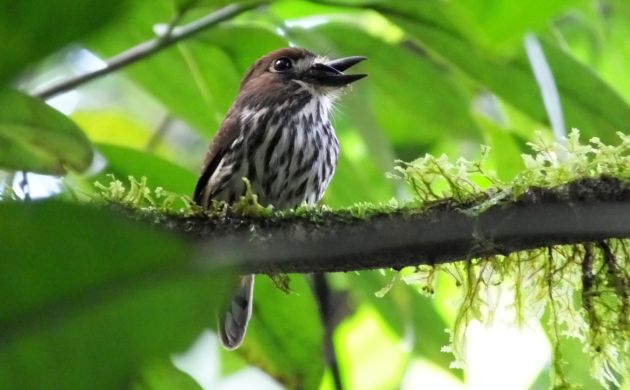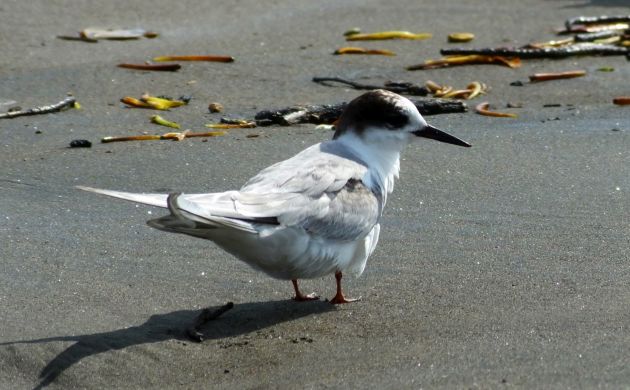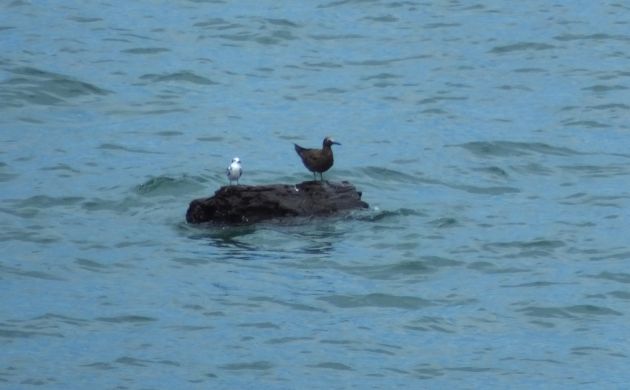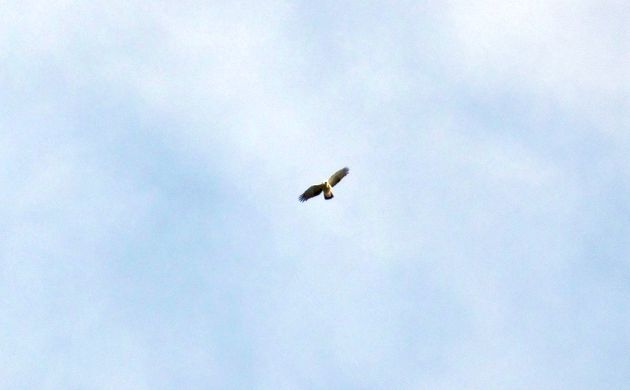
The year is nearly over and that’s always a good excuse to talk about our best birds from the past 12 months. With more than 650 on my year list to choose from, it’s hard to pick out the best, especially when several happen to be glittering hummingbirds, tanagers, and trogons. In a sense, I guess that most of what I have seen and heard are “the best” because I appreciate every screeching Crimson-fronted Parakeet, Chestnut-backed Antbird haunting the dark reaches of the rainforest, and even the ubiquitous Tropical Kingbirds (TKs) that call outside the window.
However, some birds still stand out from the rest, and they tend to be the rare ones like these species:
Arctic Tern: Unexpected, seen very close on land and in flight, and a lifer that I should have got at some point when living and birding up north. I recall many a cold November hour scanning through the Common Terns on the upper Niagara River hoping to see one that had white secondaries and less black in the wings. I never saw one there but this year, finally caught up with one of several vagrant Arctics on the Pacific coast of Costa Rica.
Hello lifer.
Brown Noddy: Another long-awaited lifer albeit one much more expected than the Arctic. Brown Noddies are regular summer residents in Costa Rica, I saw mine from the Puntarenas-Paquera ferry.
One of a few Brown Noddy from this year.
Green-winged Teal: It might not sound exciting for birders slinging their binos in the temperate zone, but this fancy little duck is a heck of a rare sight in Costa Rica. I caught up with my country bird at a small wetland near San Ramon during a Big Day attempt.
Black-and-white Hawk-Eagle: I rarely see this rare raptor. This year, I watched at least three along with 45 other species of hawks, kites, hawk-eagles, falcons, and other diurnal raptors.
One of those Black-and-white Hawk-Eagles.
Spot-fronted Swift: It’s not that rare in some areas of the country but on account of it probably foraging up in the stratosphere, is an easy miss. I was pleased to hear at least one give its distinctive vocalization high above the house.
Lanceolated Monklet: This tiny puffbird is a top target for many a local birder. We know it’s out there but hardly ever hear or see it, even in places where we know it occurs. A real little sneak, this one, so it was a gift to watch a monklet at length earlier in the year.
That Lanceolated Monklet also posed for pictures.
As far as my worst birds go, I suppose those are the ones I missed. Despite two trips to the southeast, I still failed to connect with Black-chested Jay and Spot-crowned Antvireo. I have seen both in other places but still need them for my Costa Rica list. The same goes for Rusty, Grasshopper, and Botteri’s Sparrows, a trio of resident sparrows that eluded some serious time and effort in looking for them. My other main misses are three owl species I usually see or hear at some point during the year. I guess I just didn’t spend enough nocturnal time in the right places to connect with Spectacled, Crested, and Black-and-white Owls.
Despite the misses, with a 2015 year list of 652, I won’t complain!













Leave a Comment